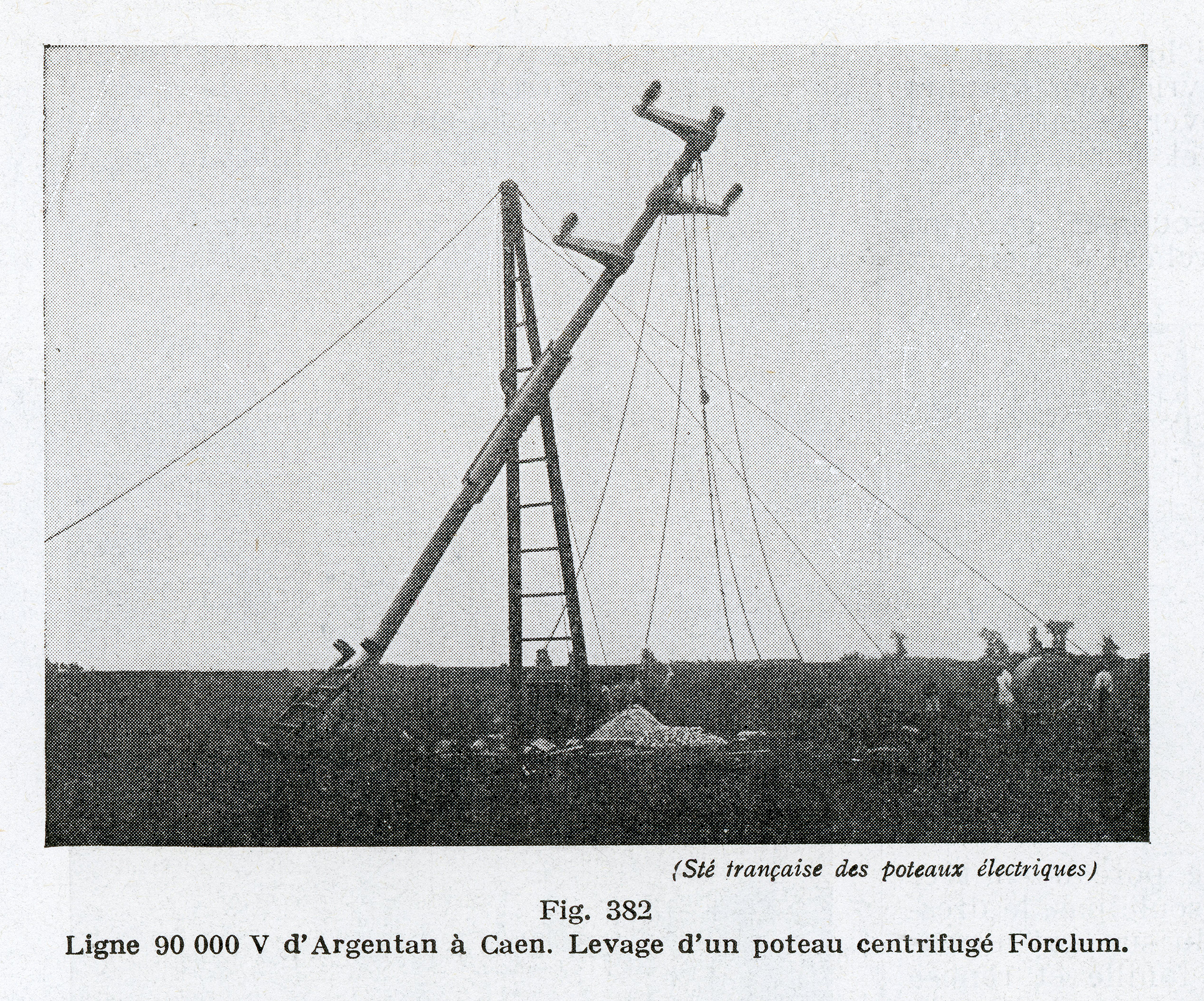Research
Search our website
Search our website by entering a keyword or choose a database above to search specifically.
Search
Showing search results 13,581 - 13,590
14,512 results found

Sheer legs
Sheer legs The sheer legs that you can see next to the barn of the
Tommenmolen is a full-scale reconstruction that we made based on a copy
from the MOT collection and from images. What are they? Sheer legs are a
two-legged hoist with which you can lift heavy loads and also move them to
a limited extent. The device can be mounted and moved. For example, it has
been used since ancient times on construction sites to bring up heavy
stones. Until the early 20th century, such a device was used in shipping
and the military. Sheer legs consists of two connected legs with a pulley
at the top. A rope runs over the pulley to a windlass at the bottom, which
has two long spokes that act as a lever. By turning, you can lift a load of
several hundred kilos alone or with two without exceptional effort. The
device is kept in balance by tethered ropes. This reconstruction nicely
illustrates the principles of drive and transmission, which is the subject
of the MOT & GO exhibition you can visit in the mill....

Particulars
RCB: particulars SubjectUnder the description ‘trade catalogue’ the RCB
includes five types of document: announcements commemorative books
periodicals instructions for use catalogues You will find more information
on this in the articles “Reclame als bron voor de geschiedenis van de
technieken” (Advertising as a source for the history of techniques) and
"The repertory of belgian trade catalogues". The catalogues of booksellers
and publishers are not included, nor those of antiquaries (paintings,
manuscripts etc.) and advertisements for services.LimitsFor practical
reasons the Directory is limited to documents published before 1950, but
doubtful cases are also included.We only include documents which were
published in Belgium, or by a Belgian firm abroad.ReferencesAddresses are
included literally as they appear in the publicity. Only the name of the
district or town may, if necessary, have been translated using the language
of the part of the country where the document was published.If...

RCB
What? RCB stands for the Repertorium van de Belgische Handelscatalogi
(Directory of Belgian Trade Catalogues). It is an online aid to trace trade
catalogues published in Belgium before c. 1950, in public collections. The
RCB has search entries via title, company name, town, period, year of
publication, RCB code and keyword.

General search
RCB: general search translation under construction RCB stands for the
Repertorium van de Belgische Handelscatalogi (Directory of Belgian Trade
Catalogues). It is an online aid to trace trade catalogues published in
Belgium before c. 1950, in public collections. Kies hieronder de gewenste
gemeente, periode en/of jaar van uitgave en u krijgt de lijst van hun
catalogi. U kan ook zoeken op een zelf gekozen trefwoord of de lijst
sorteren op RCB-code, jaar van uitgave of titel.

Search by keyword
RCB: search by keyword translation under construction RCB stands for the
Repertorium van de Belgische Handelscatalogi (Directory of Belgian Trade
Catalogues). It is an online aid to trace trade catalogues published in
Belgium before c. 1950, in public collections. Klik op een trefwoord om de
bijhorende fiche te openen. Snel zoeken kan via de toetsencombinatie
"Ctrl-F". Met de "enter"-toets kan je snel alle zoekresultaten overlopen.

Horses urine
Horse urine This text can only be consulted in Dutch.

Timber selection and transport
Timber selection There are several factors involved when choosing
construction wood: the application (the nature of the construction and
location of the specific part in that construction) the properties of the
sort of wood the availability

Hints
Tips for photographing forge marks and printing on paper

Roof

Search by smith's name
Forge marks in Belgium: search by smith's name translation under
construction Hier komt u in een lijst van alle Belgische
smeden/fabrikanten. Mogelijk zit hier ook een verdeler tussen. Indien u een
vraagteken ziet, hebben we de smid nog niet kunnen identificeren.
Aanvullingen zijn steeds welkom op info@mot.be . Soms gebeurt het dat na
identificatie de smid uit het buitenland afkomstig blijkt te zijn. Ook die
namen worden opgenomen. Klik op een naam om de bijhorende fiche te openen.
Snel zoeken kan via de toetsencombinatie "Ctrl-F". Met de "enter"-toets kan
je snel alle zoekresultaten overlopen.








